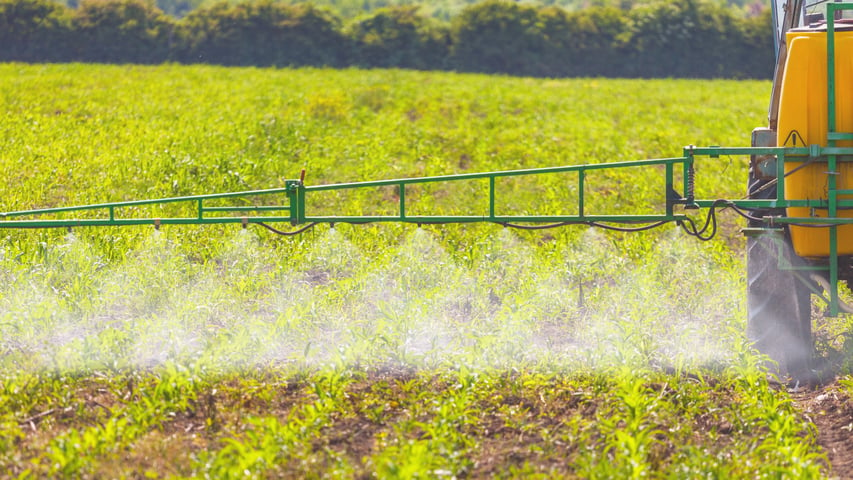
Surface tension and wettability are two important physical properties that play a significant role in the effectiveness of agrochemicals, including pesticides, herbicides, and fertilizers. These properties determine how well the chemicals spread and penetrate through the surface of plants and soil and can have a significant impact on their effectiveness in controlling pests and promoting plant growth. In this blog post, we'll explore why surface tension and wettability are important in agrochemicals, and how they can be used to improve the performance of these products.
Surface tension is a property of liquids that causes them to resist spreading out and behaving as if they are coated with an elastic film. This is due to the cohesive forces between the molecules of the liquid, which cause them to behave as if they are attracted to one another. The surface tension of a liquid is determined by the strength of these cohesive forces and is typically measured in units of mN per meter (mN/m).
In the context of agrochemicals, surface tension is important because it determines how well the chemicals spread and penetrate through the surface of plants and soil. Chemicals with low surface tension can spread more easily and penetrate deeper into the surface, making them more effective at controlling pests and promoting plant growth. On the other hand, chemicals with high surface tension may be less effective because they tend to bead up and roll off of surfaces rather than spreading out and penetrating the surface of a leaf.
Wettability, on the other hand, refers to the ability of a liquid to spread out and make contact with a solid surface. A surface is said to be wettable if the liquid spreads out and forms a thin, continuous film on a solid surface. This is determined by the relative surface energies of the liquid and the solid, as well as the interfacial tension between them. A liquid with a lower surface tension will wet the surface more easily. Then, on the other hand, even a high surface tension liquid will spread if the surface free energy of the solid is high. The wettability can be improved either by lowering the surface tension of the chemical or by increasing the surface free energy of the solid.
In agrochemicals, wettability is important because it affects the ability of the product to penetrate plant surfaces and reach the intended target. If a product is not able to wet the plant surface effectively, it may not be able to penetrate and deliver its active ingredients to the target area. In agrochemistry, modification of the solid is hardly possible, and thus the surface tension of the chemical plays an important role.
Additionally, surface tension and wettability can also affect the safety and environmental impact of agrochemicals. For example, a product with high surface tension may be more prone to drift, which can lead to accidental exposure to non-target organisms. On the other hand, a product with low surface tension may be more prone to run-off and leaching, which can have negative impacts on the environment.
In summary, surface tension and wettability are important properties of agrochemicals that can affect the efficacy and application of these products, as well as their safety and environmental impact. Proper consideration of these properties is essential for the effective and responsible use of agrochemicals
A wetting agent is a surface-active molecule used to reduce the surface tension of water.
The term surfactant comes from the word surface active agent. At the interface, they align themselves so that the hydrophobic part is in the air and the hydrophilic part is in water. This will cause a decrease in surface or interfacial tensions.
Surface tension plays an important role in Li-ion battery slurry optimization.
Surface tension plays an important role in the electroplating solution.
When measuring contact angles or making surface tension measurements with a pendant drop, selecting the correct tip or needle for your liquid is crucial.
The surface tension of water is about 72 mN/m at room temperature which is one of the highest surface tension for liquid.
Surface tension is a quantitative measure that can be correlated with a solution’s ability to remove dirt.
Explains three different methods to measure surface tension.
